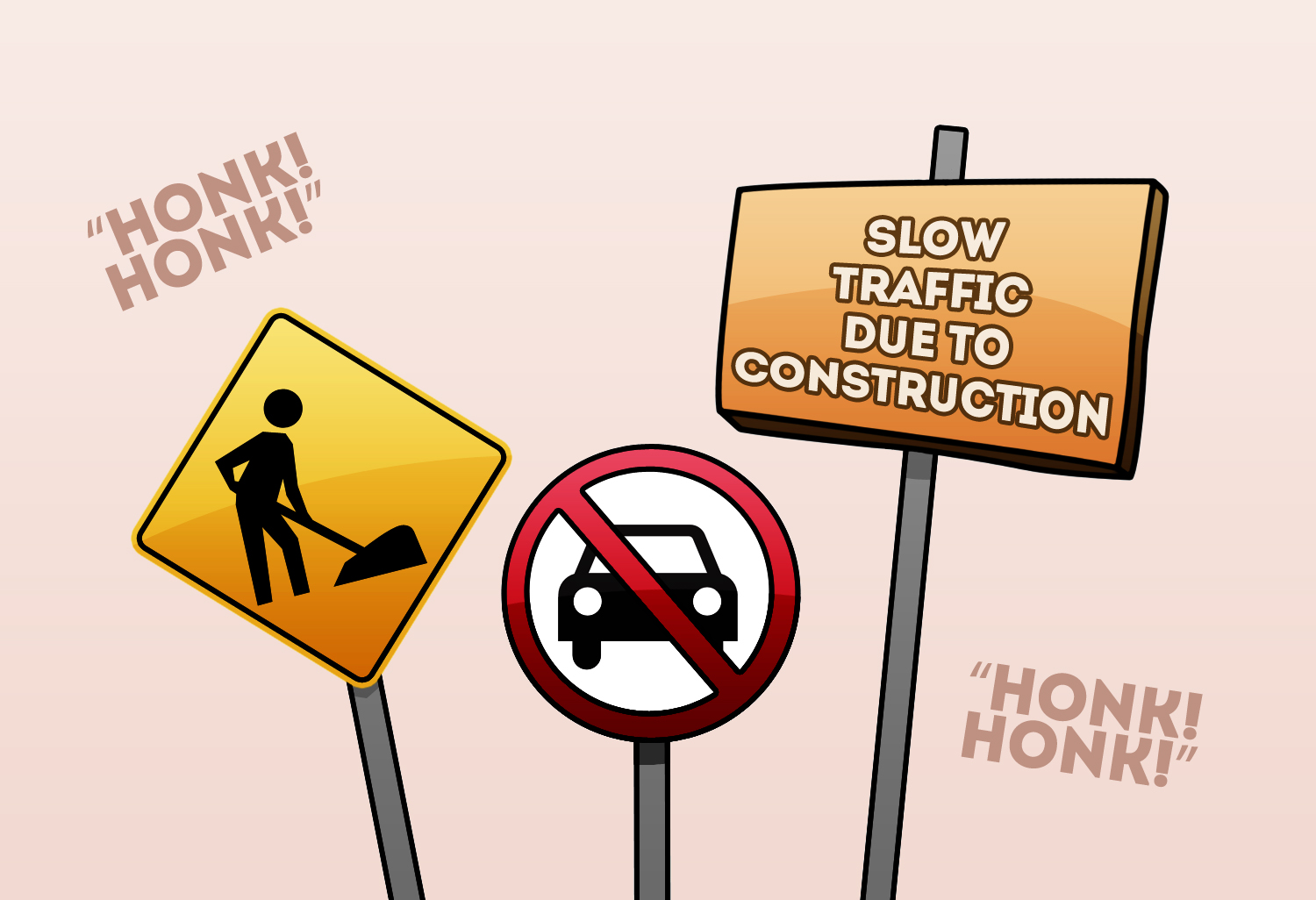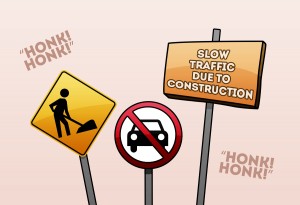Region’s traffic a growing concern


Construction is rampant in Waterloo during the summer.
Roadwork is being done on University Avenue, several new apartment buildings are shooting up near the universities and uptown Waterloo is also seeing the development of condominiums. Alongside this has been population growth, which the city estimates has been increasing at 1.73 per cent each year for the past 15 years.
Jeff Purchase has been living in Waterloo for 27 years. Since moving to the city, he said he’s noticed definite changes in traffic trends.
“It’s kind of getting the way Toronto was when I left at that time,” he said.
“Toronto wasn’t nearly as busy then, either. But everything kind of multiplied here. A lot of the same driving habits came here: everybody’s in a hurry and nobody cares.”
Purchase said he finds uptown Waterloo to be particularly busy, as the road is too narrow for the amount of cars and buses that have to share the way.
“In the uptown area the amount of delay we see is more related to it just being a generally busy area,” Garrett Donaher, transportation planning engineer with the Region of Waterloo, explained. “There’s lots of activity, there’s lots of intersections close to each other, and so we see a little bit more delay because of that type of circumstance rather than the sheer volume of traffic through there.”
Many aspects come into play in terms of traffic in a given area. New buildings going up, for example, can also have impacts on transportation.
When a new building is slated for construction, a transportation impact study is conducted. Garrett explained the study “looks at how much vehicle traffic is going to be produced out of the new building once it’s built and everything is occupied.” They also look at whether the building is in an area where transit, walking or cycling are options.
To help with traffic that might result from the construction of buildings the University Ave. or uptown Waterloo areas, Donaher said there are different hierarchies of plans that might apply.
Individual buildings, for example, that might create localized issues will have small changes made in the area to help with traffic.
For the long term, they create a transportation master plan, which is updated every five years. This plan looks at the region as a whole.
“What needs to be planned to increase people’s ability to move around? Do we need to move transit routes around? Do we need to build a [Light rail transit] system? Do we need to widen a road? Do we need to build a new road? Do we need to build a bridge across a river?” he said.
Currently, a streetscaping project is underway in uptown, aiming to making improvements to King Street North from Central Street to south of Erb Street. In the University Ave. area, there is a Northdale improvement plan taking place.
“I think it’s something you’ve just got to accept,” Purchase said, referring to the increase in traffic.
With the population growing, he doesn’t believe there’s much that can be done.
Part of the problem is Waterloo has little available land left to build on. Instead, infill development is occurring. This type of development is particular visible in the University Ave. area as apartment buildings go up.
“That type of infill development is in the long term where a lot of the development will be happening for the City of Waterloo,” said Donaher. “That type of development poses unique challenges and also interesting opportunities.”
The locations that attract infill development, he continued, are often the same locations that have easy access to walking, cycling or transit.
“So things will get busier, but at the same time they won’t necessarily rely on the car as their mode of transportation as much. It’s kind of a mixed bag to look at.”
The problem, Donaher said, is the belief that the way to fix transportation issues is to build new and wider roads. But this type of infrastructure isn’t sustainable in the long term.
“Yes, for now we’re kind of stuck with cars as the most convenient way to get around, but they’re not going to be the most convenient for very long as things get busy,” he said. “We need to make sure we accommodate cars in strategic locations, make sure they can get to places they need to go. But at the same time we need to start building in those options to our system.”
This is where the idea for LRT came from. It also means making improvements to bike lanes, trails and transit.
“Yes, things have changed,” Donaher admitted. “But we have to try to work from what we have today and where we expect to be in the future.”


